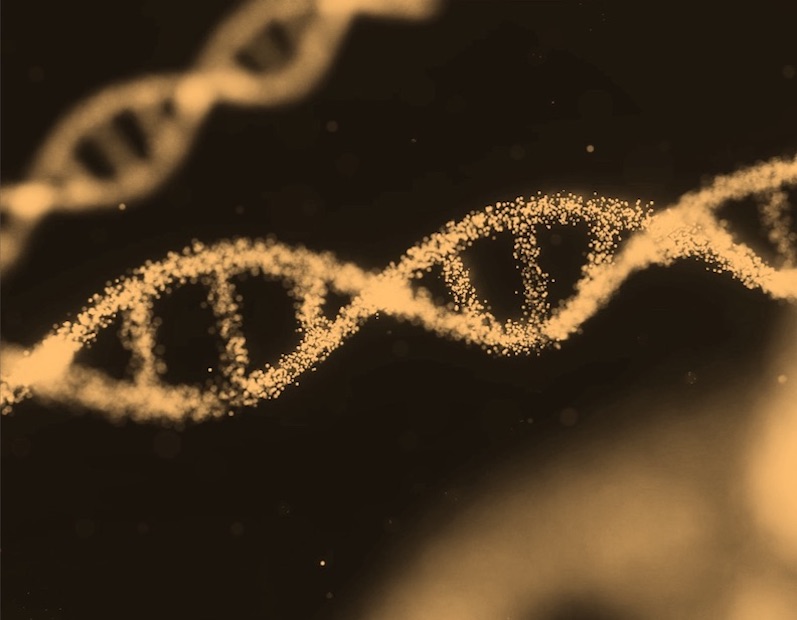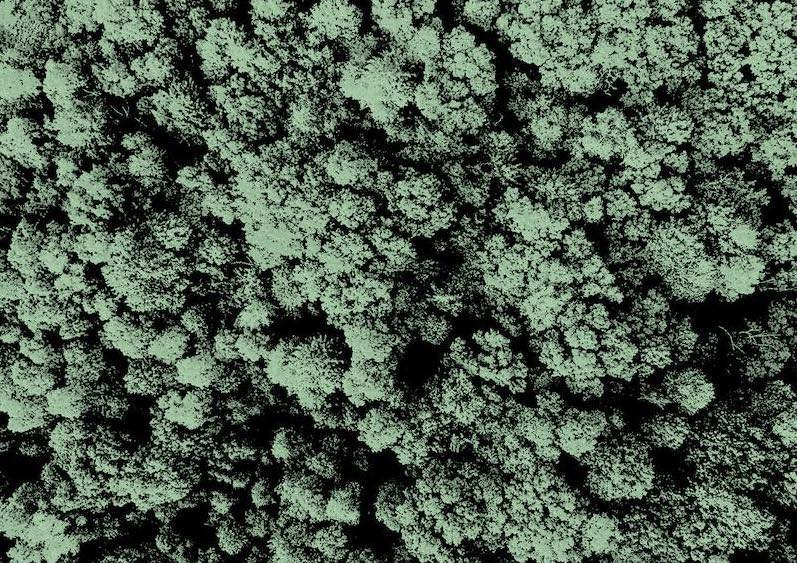What is it about?
Labelling of surface membrane of living ciliates: Paramecium aurelia and Tetrahymena pyriformis with fluorescent compound - cycloheptaamylose-dansyl chloride complex (CDC) has been achieved.Fluorescence micrographs of the dried samples showed specific localization of CDC on the cell membrane without any intracellular penetration. On the contrary, the ciliates which have been dead during labelling revealed a non-specific fluorescence of their whole bodies. Microspectrofluorimetric analysis of labelled Paramecium cells was performed with Leitz microspectrograph. Spectrum of fluorescence emission measured over the cell membrane level had maximum at 450 nm. Strikingly, the emission maximum of the cells dead at the moment of labelling was shifted 10 nm to a longer wavelength. The rate of photofading measured in this case was almost 3-fold higher than for the ciliates labelled as living ones.Fluorescence excitation spectra did not show any difference in the peak position. It should be mentioned that the membrane fluorescence of the cells labelled as the living ones can be rapidly quenched with iodide ions, while quenching of fluorescence derived from the dead labelled cells is much slower.
Featured Image
Why is it important?
Thus CDC staining appears to be an useful method of supravital labelling of cell surface enabling also to distinguish on the basis of spectral characteristics the ciliates being alive from those dead at the moment of fluorochrome binding.
Perspectives

The fluorescent reagents combining with proteins and phospholipids are useful tools in studies on cell membrane structure.
Professor Elzbieta Wyroba
Nencki Institute of Experimental Biology
Read the Original
This page is a summary of: Cycloheptaamylose-dansyl chloride complex as a fluorescent label of surface membranes in living ciliates, Histochemistry and Cell Biology, January 1981, Springer Science + Business Media,
DOI: 10.1007/bf00495660.
You can read the full text:
Contributors
The following have contributed to this page







